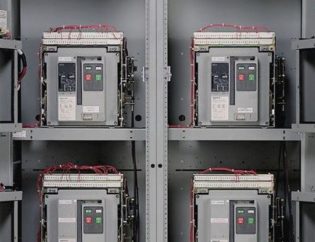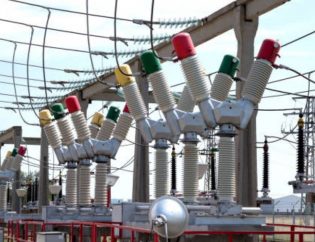Types of Power Transformer Faults
Oil and Winding Insulation Faults
Oil and winding insulation faults are the most common type of transformer faults. Oil and winding insulation faults occur due to the degradation of the transformer oil and winding insulation. The degradation can be caused by various factors such as aging, high temperature, and overloading. Oil and winding insulation faults can lead to transformer explosions and fires if not addressed promptly. To detect and prevent oil and winding insulation faults, regular maintenance and testing of the transformer oil and winding insulation are crucial.
Overload Faults
Overload faults occur when the transformer is operated beyond its rated capacity. The transformer is designed to operate within a specific range of load, and when it is overloaded, it can cause damage to the transformer and lead to a failure. Overload faults can be caused by a variety of factors, such as a sudden increase in load, a malfunctioning piece of equipment, or a failure in the electrical system. To prevent overload faults, regular monitoring of the transformer’s load and capacity is necessary.
Overheating Faults
Overheating faults occur when the transformer’s temperature exceeds its normal operating range. The transformer’s temperature can be affected by various factors such as high ambient temperature, high load, and poor ventilation. Overheating can lead to damage to the transformer and a failure if not addressed promptly. To prevent overheating faults, regular monitoring of the transformer’s temperature and proper ventilation are necessary.
Power Transformer Protection
Power transformer protection is essential to prevent damage to the transformer and to ensure the continuity of the electrical power supply. Power transformer protection can be divided into two categories: built-on protection and external protection.
Built-on Protection
Built-on protection is protection that is built into the transformer itself. This type of protection includes fuses, thermal overload relays, and pressure relief devices. These devices are designed to protect the transformer from overloads, short circuits, and other types of faults. Built-on protection is an essential part of power transformer protection, as it provides the first line of defense against faults.
Don’t let power transformer faults disrupt your operations. Contact us today to learn how we can provide comprehensive power transformer protection for your facility and ensure the continuity of your power supply.
Types of Power Transformer Protection
Power transformer protection can be divided into two categories: primary protection and backup protection.
Primary protection includes
- Overcurrent protection: Uses relays and circuit breakers to detect and clear overcurrent faults.
- Differential protection: Compares the current flowing into and out of the transformer and trips the breaker if there is a difference, indicating a fault.
- Earth fault protection: Detects and clears earth faults.
- Distance protection: Uses the principle of impedance measurement to detect the fault location and isolate it.
- Restraint protection: It is used for the protection of power transformer against inrush current
Backup protection includes
- Buchholz relay: A gas-operated relay that detects faults within the transformer and isolates the faulty section.
- Pressure relief devices: Used to protect the transformer from overpressure caused by internal faults.
- Oil temperature protection: Monitors the temperature of the transformer oil and trips the breaker if the temperature exceeds a certain limit.
- Winding temperature protection: Monitors the temperature of the transformer windings and trips the breaker if the temperature exceeds a certain limit.
Note that not all the protection mentioned above are necessary in every transformer, the protection scheme depends on the specific transformer and the electrical system it’s connected to.
Conclusion
In conclusion, power transformers are an essential component in the transmission and distribution of electrical power. However, they are also prone to faults such as oil and winding insulation faults, overload faults, and overheating faults. These faults can cause damage to the transformer and lead to power outages and equipment damage. To minimize the damage and ensure the continuity of the power supply, power transformer protection is implemented.
Upgrade your power system’s reliability and safety with our state-of-the-art power transformer protection solutions. Our ECSKSA expert team will work with you to customize a protection plan that fits your specific needs, including monitoring and maintenance, to minimize the risk of power outages and damage to your equipment. Invest in the peace of mind that comes with knowing your power system is protected. Contact us today to schedule a consultation and take the first step towards a more secure power supply.
Do you have a question in your mind? If so, make sure to fill out the form below!









